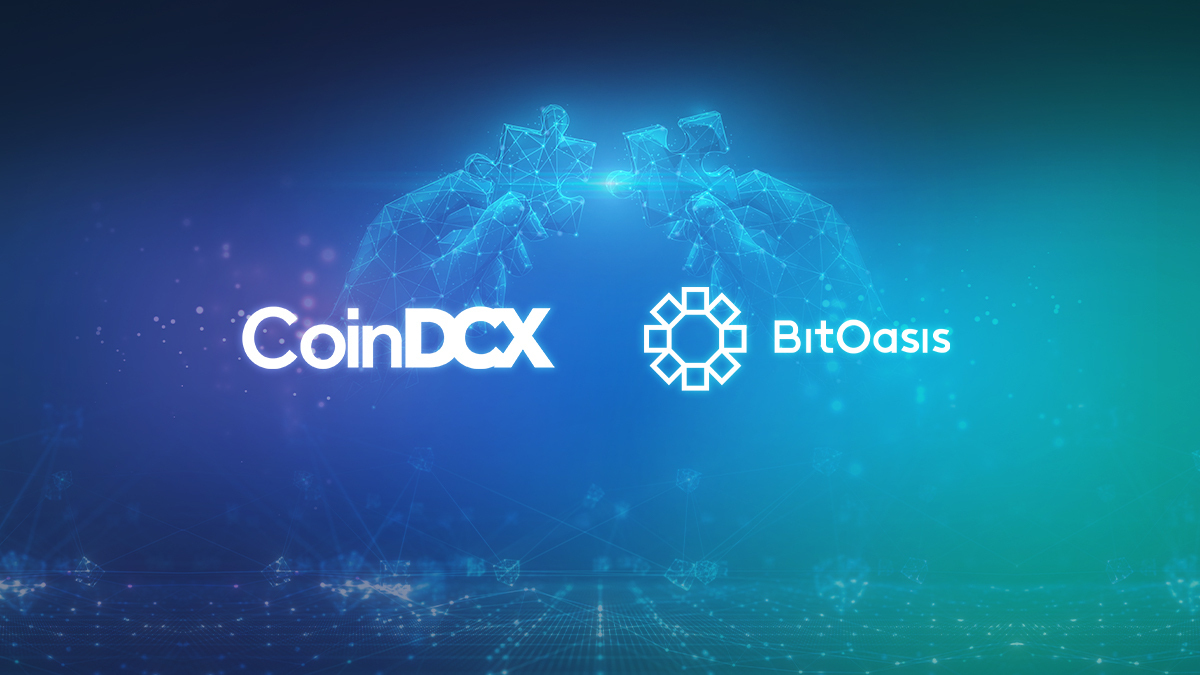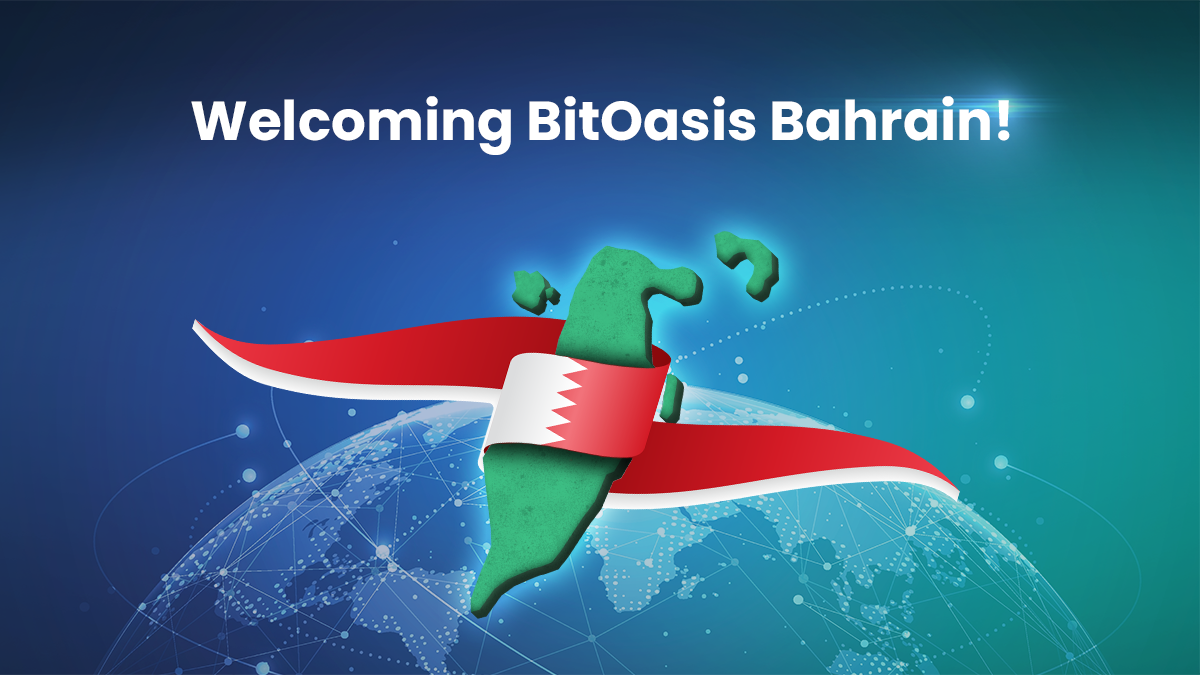There is no one blockchain that can do it all, and in the future of web3, moving between several specialized blockchains is inevitable. Many blockchain projects tried to prepare for this, and make inter-blockchain functionality possible, but one particular project has been praised for years for the notable work that has been done in the matter; Polkadot.
As the name suggests, Polkadot tries to be a host or coordinator of many blockchain projects and omits the hard work of securing these blockchains, making more space for developers to work on bringing about useful blockchain services and products.
Connecting the dots
Polkadot is a blockchain protocol that aims to unite an entire network of purpose-built blockchains, enabling them to operate seamlessly together at scale. It does so by providing inter-blockchain communication, allowing different blockchains to process transactions in parallel and exchange data between chains with security guarantees.
This is achieved through a unique structure. Polkadot’s protocol is built around three main components:
- Relay Chain: This is the heart or the engine of the Polkadot network. This blockchain is responsible for the network’s security, consensus, and interoperability.
- Parachains: Or parallel chains, these are independent blockchains that can have their own tokens and optimize their functionality for specific use cases.
- Bridges: Special blockchains that allow Polkadot shards to connect to and communicate with external networks like Ethereum and Bitcoin.
Parachains can either pay as they go for using the relay chain, or lease slots for continuous connectivity, and there are four kinds of network nodes: Validators, collators, nominators, and fishermen. And on the governance level, two on-chain entities govern the network: Council members that are elected to represent passive DOT holders in proposing referenda and vetoing dangerous ones, and the technical committee which is composed of teams actively building on the Polkadot network, and they can propose emergency referenda with the council for fast voting and implementation.
Rocky beginnings
The first version of Polkadot was the well-known Kusama (KSM), which according to the Polkadot team is “an early, unaudited and unrefined release of Polkadot created to test the network’s technology and economic incentives in a real-world environment.”
Kusama is running today with the same exact code as Polkadot’s, and it’s mainly used by developers to test their ideas before going live with them on Polkadot.
Polkadot’s beginning was a tough one. In 2016, Ethereum co-founder Dr. Gavin Wood published Polkadot’s whitepaper, and just in 2017 the multi-sig wallet of Parity, the company responsible for developing Polkadot, was hacked and 153K ETH (worth $33 million back then) were stolen.
In October of the same year, Web3 Foundation, which is responsible for funding and assisting Polkadot ecosystem projects, raised over $150 million in a couple of weeks, but also a few days later the fundraiser smart contract was hacked, and 66% of the raised funds were frozen.
It took Polkadot and Web3 Foundation until 2019 to raise enough money to meet their development goal, and get back on track, bringing Polkadot to be the 14th most valuable crypto project worldwide, with continuous praise from investors and developers for its promising potential.



